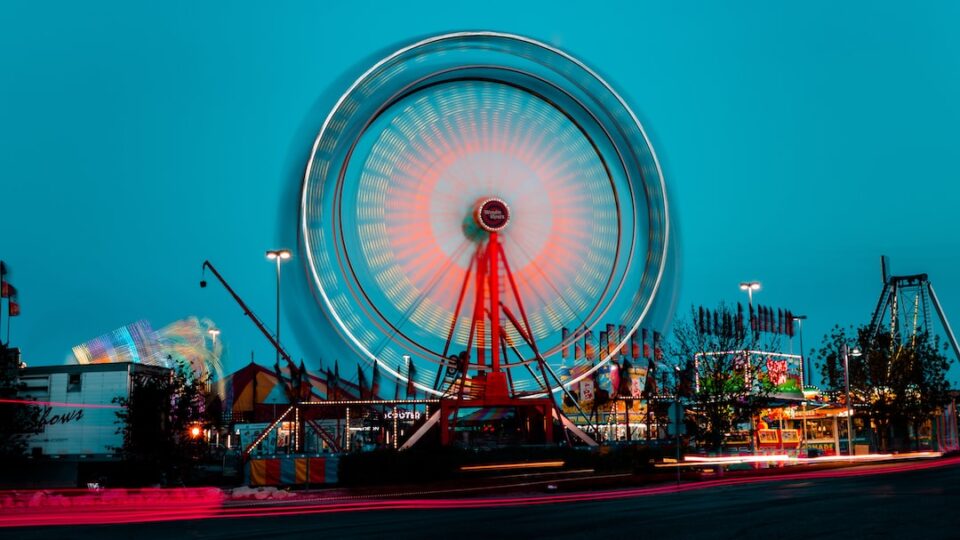Pop music has been a significant part of popular culture for decades now, with its catchy melodies, relatable lyrics, and infectious beats. From the 1960s to today, pop music has undergone a remarkable evolution, mirroring the changes in society, culture, and technology. In this blog post, we will take a journey through time, exploring the different eras and styles that have shaped pop music as we know it.
The 1960s marked the birth of modern pop music. It was a time of immense change and upheaval, with the civil rights movement, the Vietnam War, and the sexual revolution all influencing the music of the era. The music of the ’60s was characterized by simplicity, catchy hooks, and upbeat melodies. Bands like The Beatles, The Rolling Stones, and The Beach Boys dominated the charts, their infectious tunes capturing the hearts of millions.
As the ’60s gave way to the ’70s, pop music took a turn towards experimentation and innovation. Artists began to blend different genres, incorporating elements of funk, disco, and rock into their music. This era saw the rise of iconic artists such as David Bowie, Elton John, and Queen, who pushed the boundaries of what was considered acceptable in mainstream pop music.
The ’80s brought with it a new wave of pop music, characterized by synthesizers, electronic drum machines, and flashy visuals. This decade saw the rise of MTV, which revolutionized the way music was consumed and popularized. Pop icons like Michael Jackson, Madonna, and Prince dominated the charts with their infectious dance-pop hits, setting new trends and defining the sound of the decade.
The ’90s marked a shift in pop music, with the emergence of alternative and grunge genres. This decade saw the rise of bands like Nirvana, Pearl Jam, and Radiohead, who brought a raw and rebellious energy to the music scene. Alongside these alternative acts, pop stars like Britney Spears, Backstreet Boys, and Spice Girls entered the mainstream, catering to a younger audience with their catchy pop anthems and choreographed dance routines.
As we entered the new millennium, pop music continued to evolve, embracing new technologies and influences from around the world. This era witnessed the rise of digital downloads, streaming services, and social media, which transformed the way we discover and consume music. Artists like Beyoncé, Rihanna, and Justin Timberlake dominated the charts, incorporating elements of R&B, hip-hop, and electronic dance music into their pop sound.
Today, pop music is an eclectic mix of different genres and styles, reflecting the diverse tastes of its audience. Artists like Taylor Swift, Ariana Grande, and Billie Eilish command massive followings and continue to push the boundaries of what it means to be a pop star. With the rise of social media and platforms like TikTok, musicians can now reach a global audience like never before, forging connections and creating communities around their music.
The evolution of pop music over the past six decades has been nothing short of remarkable. From the simplicity of the ’60s to the experimentation of the ’70s, the extravagance of the ’80s, the rebelliousness of the ’90s, and the diversity of the new millennium, pop music has constantly reinvented itself to stay relevant and appeal to a changing audience. As we look to the future, it will be fascinating to see how pop music continues to evolve and adapt to the ever-changing world around us.


